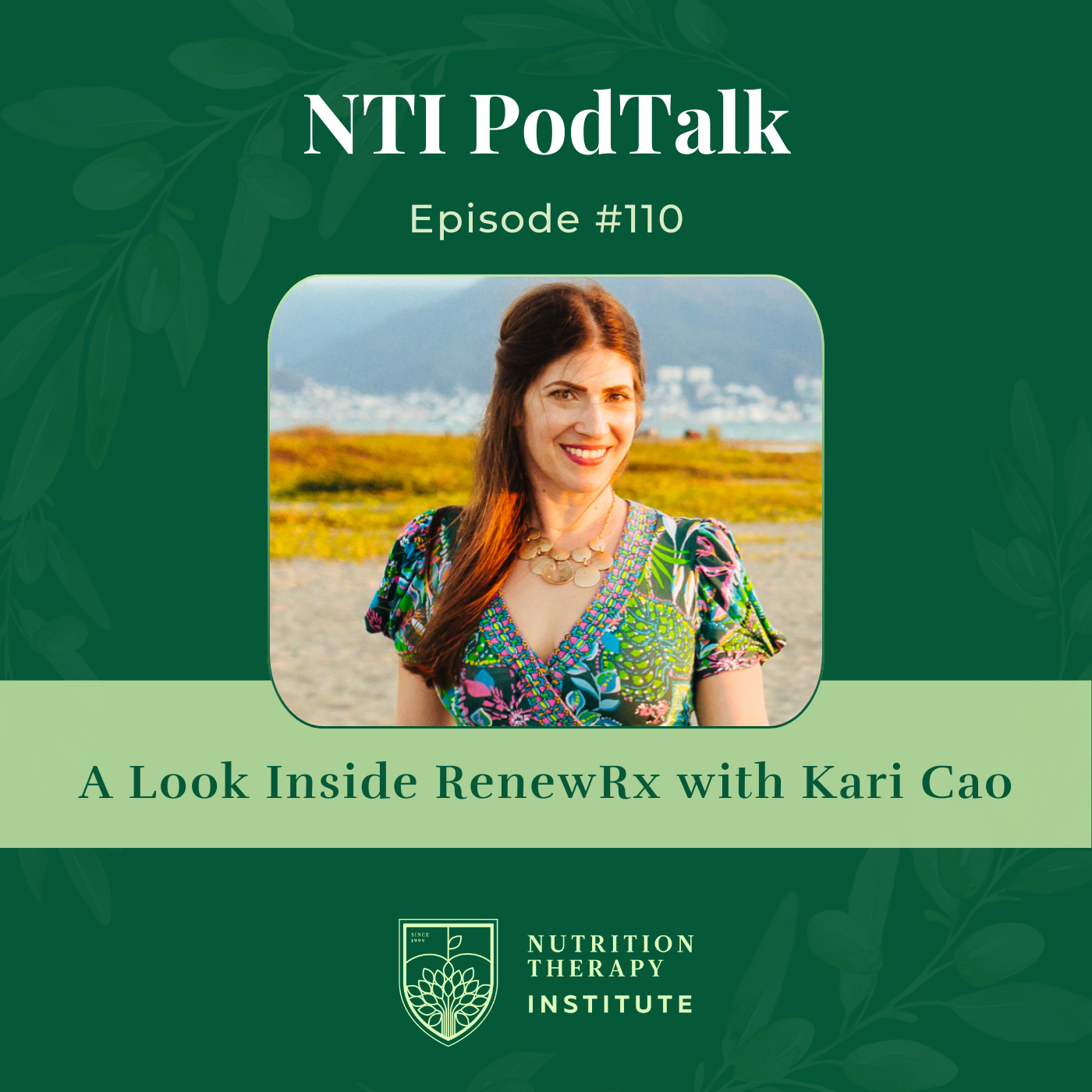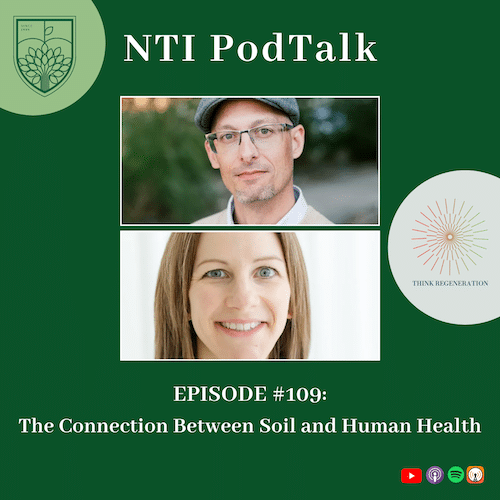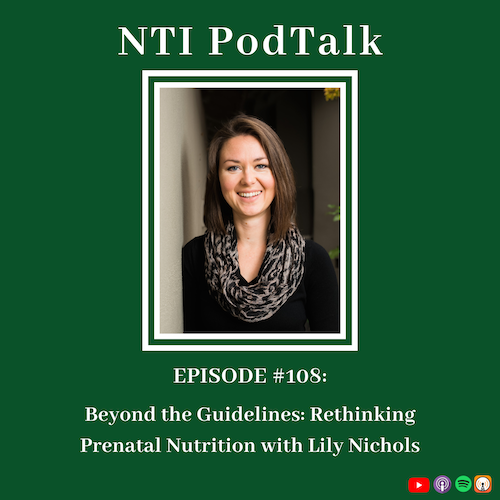
Share this post!
The plant-based milk industry has been steadily booming – store shelves are stocked with milks from every nut, seed, and grain imaginable. Until relatively recently, soy milk was the main commercial option for those avoiding dairy. Today, the consumer is bombarded with options, and is often confused when choosing between dairy and plant-based milks. Let’s discuss what to look for when choosing the right milk or milk alternative for you!
Who should avoid dairy milk?
There are many strong opinions on the consumption or avoidance of cow’s milk. Some people feel that dairy milk should only be consumed by baby calves, while others argue that dairy has been part of the human diet since the domestication of cattle over 10,000 years ago.
There are several legitimate reasons for avoiding cow’s milk, including:
- Lactose intolerance: lactose intolerance is a digestive disorder caused by a lack of the enzyme lactase. This leads to the inability to digest lactose, the main carbohydrate in dairy products. Lactose intolerance is very common, affecting about two-thirds of the world’s adult population.
- Side effects when consuming dairy: for some people, dairy consumption can lead to negative health effects such as increased mucus production and acne.
- Metabolic health effects: the research on dairy’s effects on metabolic health is conflicting. Certain studies have found a significant relationship between dairy intake and increased insulin resistance. Other studies have shown the opposite, with a diet high in dairy products lowering diabetes risk. It appears that there are many factors that can affect insulin sensitivity, and there is no clear blanket recommendation as to whether dairy should be included in the diet.
- Animal welfare and/or environmental impact: ammonia emissions from dairy farming is the major environmental concern of dairy production. However, pasture-based dairy systems could be implemented to reduce environmental impacts.
In addition to the reasons listed above, there are many nuances to consider regarding dairy consumption. Some people may tolerate fermented dairy such as cheese and yogurt, but not plain milk. Others can tolerate raw milk due to the enzymes that are still present since raw milk is not pasteurized. Or, some might get reactions from cow’s milk, but can tolerate goat’s and sheep’s milk just fine.
As Nutrition Therapist Masters, we know bioindividuality plays a key factor and there is no one-size-fits-all when it comes to milk consumption. For those who do not tolerate dairy or prefer not to consume it, plant-based milks are a great alternative. However, it’s important to understand how to choose a plant-based milk that is a healthy alternative!
Calcium from milk and non-dairy milk
Before we jump into assessing plant-based milks, it’s important to discuss whether consuming milk is the best way to reach sufficient calcium intake. It is a common belief that drinking milk is necessary for strong bones due to its calcium content. Although properly absorbing and using calcium is important for bone health, other essential nutrients are also necessary for bones, including magnesium, vitamin D and vitamin K. The truth is that calcium alone is not an indicator of good bone health: research shows that countries with the highest intakes of milk and calcium have the highest rates of hip fractures. Studies also have shown no clear benefit that calcium reduces bone fractures.
As Nutrition Therapist Masters, we advise to consume a whole foods diet to ensure a variety of nutrients, including all the necessary nutrients to support bone health. Although milk is a good source of calcium, there are many non-dairy sources of calcium to support bone health. In fact, the health benefits of milk appear to be stronger for fermented types like yogurt, which benefit the gut microbiome.
Better tolerated and reliable sources of calcium include:
- Fermented dairy (yogurt, cheese, kefir)
- Fish with bones (canned sardines and salmon)
- Leafy green vegetables (bok choy, chinese mustard greens, kale, turnip greens, mustard greens, collard greens)
- Sesame seeds and chia seeds
We know that milk is a source of calcium, but are plant-based milks a reliable source, too? Plant-based milk will often be fortified with calcium, as well as other nutrients such as vitamin A, B12 and omega-3s to mimic the nutritional status of dairy milk. However, these added nutrients are typically in poorly absorbable forms and require added gums to stay suspended in the drinks.
To support optimal nutrition, Nutrition Therapists recommend that nutrients such as calcium, vitamin A, B12 and omega-3s are obtained from whole-food sources whenever possible. Although the fortified nutrients in plant-based milks can be beneficial in a nutrient-deficient diet, plant-based milks should not be relied upon as a source of nutrients.
Ingredients to avoid in plant-based milk
Reading and understanding food labels is not easy, especially when comparing all the varieties of plant-based milks. Here are some ingredients to look out for next time you are choosing a plant-based milk:
- Sugar: sugar is commonly added to plant-based milks to improve the flavor. Make sure to check the ingredient list to reduce your intake of added sugars.
- Gums: gums are used as a thickening or emulsifying agent in foods. They help with stabilization and reducing separation in plant-based milks. However, gums can cause gut issues because they are difficult to digest. Some examples of common gums are carrageenan, gellan gum, xanthan gum, locust bean gum, guar gum, and others. If purchasing a plant-based milk without gums, make sure to shake the bottle well before drinking since the ingredients will separate.
- Natural flavors: although the original source of natural flavors must be plant or animal material, the natural flavors can be highly processed and contain many chemical additives.
- Vegetable/seed oils: oils such as canola, rapeseed, soybean and sunflower oil are usually heated to high temperatures, which can increase oxidative stress in the body. These oils are also high in omega-6 fatty acids. This type of fat is often added to processed and fried foods and can cause inflammation when the omega-6 to omega-3 ratio is too high. It is recommended to purchase milks that do not contain any added oils.
5 tips for choosing a plant-based milk
Here are 5 tips to remember when choosing the healthiest plant-based milk:
- Check the sugar content and whether there is added sugar – look for unsweetened versions.
- Choose the plain or unflavored version.
- Choose milks with limited ingredients, all of which are recognizable (e.g. only filtered water, nuts/seeds, salt).
- Avoid added oils (canola, rapeseed, sunflower, soybean oil, etc.).
- Choose organic when possible.
What is the healthiest plant-based milk?
As a rule of thumb, it is recommended to focus on nut and seed milks instead of grain-based milks. Grain-based milks, such as oat or rice milk, will be naturally higher in carbohydrates and sugar because the grains themselves have more carbs than nuts.
Nut-based milk will contain healthy monounsaturated fat and less carbohydrates than grain-based milks. Hemp and flax milks are great options for those with nut allergies and come with a healthy dose of omega-3 fatty acids. Coconut milk is a fantastic recommendation for anyone on a restrictive diet, since coconut is often well-tolerated.
Plant-based milks with a healthier nutritional profile include:
- Almond milk
- Cashew milk
- Macadamia milk
- Hemp milk
- Coconut milk
- Flax milk
As explained above in “5 Tips for Choosing a Plant-Based Milk”, make sure to focus on brands with limited ingredients. A few exceptional brands at the time of this blog post include Malk Organics, Three Trees Organic Milks, Elmhurst Unsweetened Milks, Lavva, Joi Nut Milk Bases.
Homemade plant-based milk recipe
Making your own plant-based milk is easy! If you don’t have access to high-quality brands or would prefer to make a super clean version at home, try the recipe below.
- 1 cup nuts or seeds (almonds, cashews, walnuts, hazelnuts, Brazil nuts, hemp hearts, flax – or a mix!)
- 3 – 4 cups filtered water
- Pinch of salt
- Soak your nuts/seeds in water overnight, or at least 12 hours. Rinse and drain, then transfer to a high-speed blender. Add water and blend until the mixture is smooth and creamy.
- Strain through a cheesecloth or a nut milk bag into a bowl. Add a pinch of salt and store in an airtight container in the fridge.
- Shake well before use.
Related reading…
Whey Protein vs. Pea Protein: Which is Better?
About the Author: Daina Rasutis is a graduate of NTI’s Nutrition Therapist Master Program. Her background in Environmental Engineering has allowed her to combine the best of science with a love for nutrition, sustainability & delicious food. Follow Daina’s nutrition practice, cooking creations and lifestyle tips on her website: tabletocrave.com
Share this post!





















